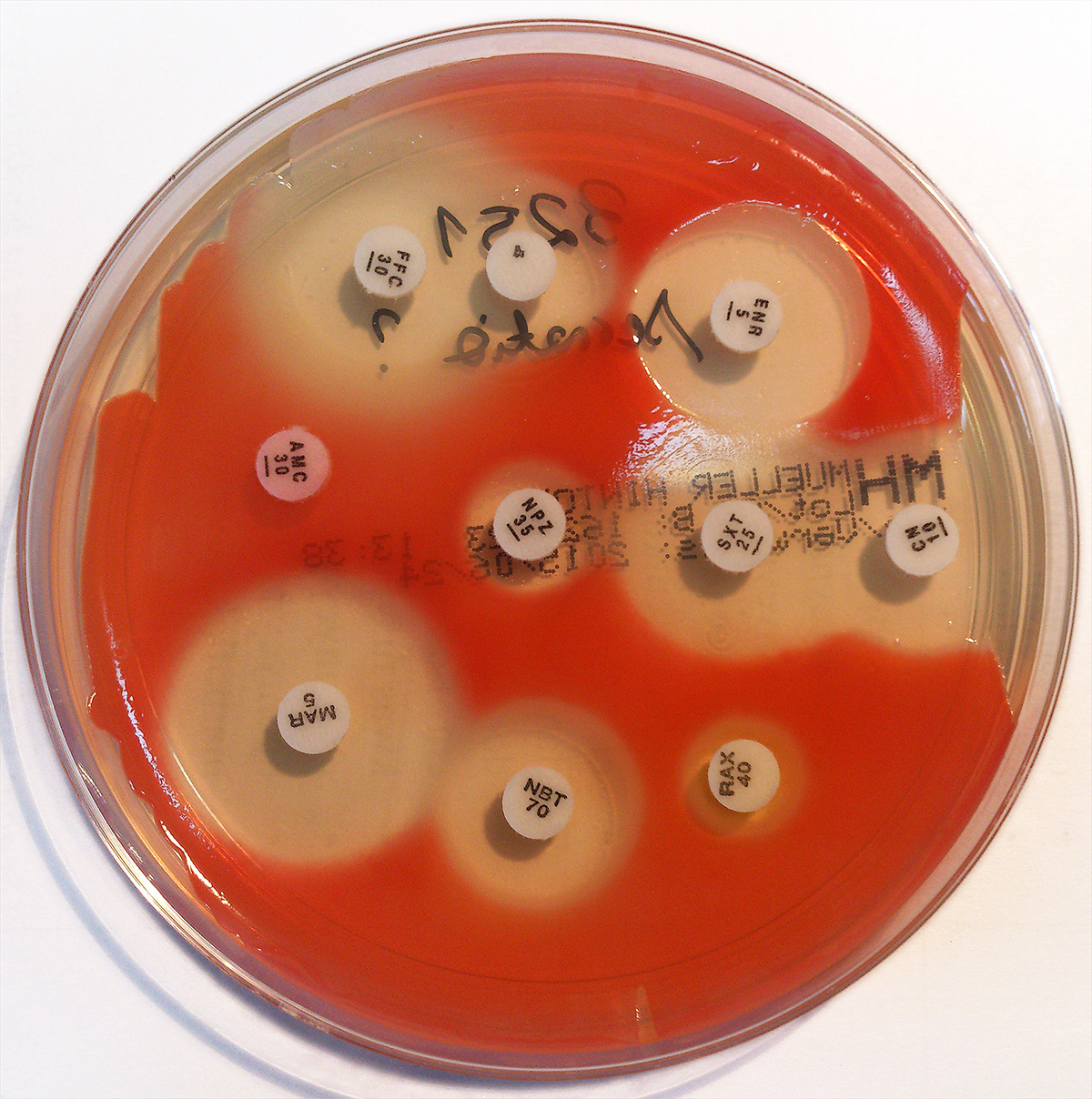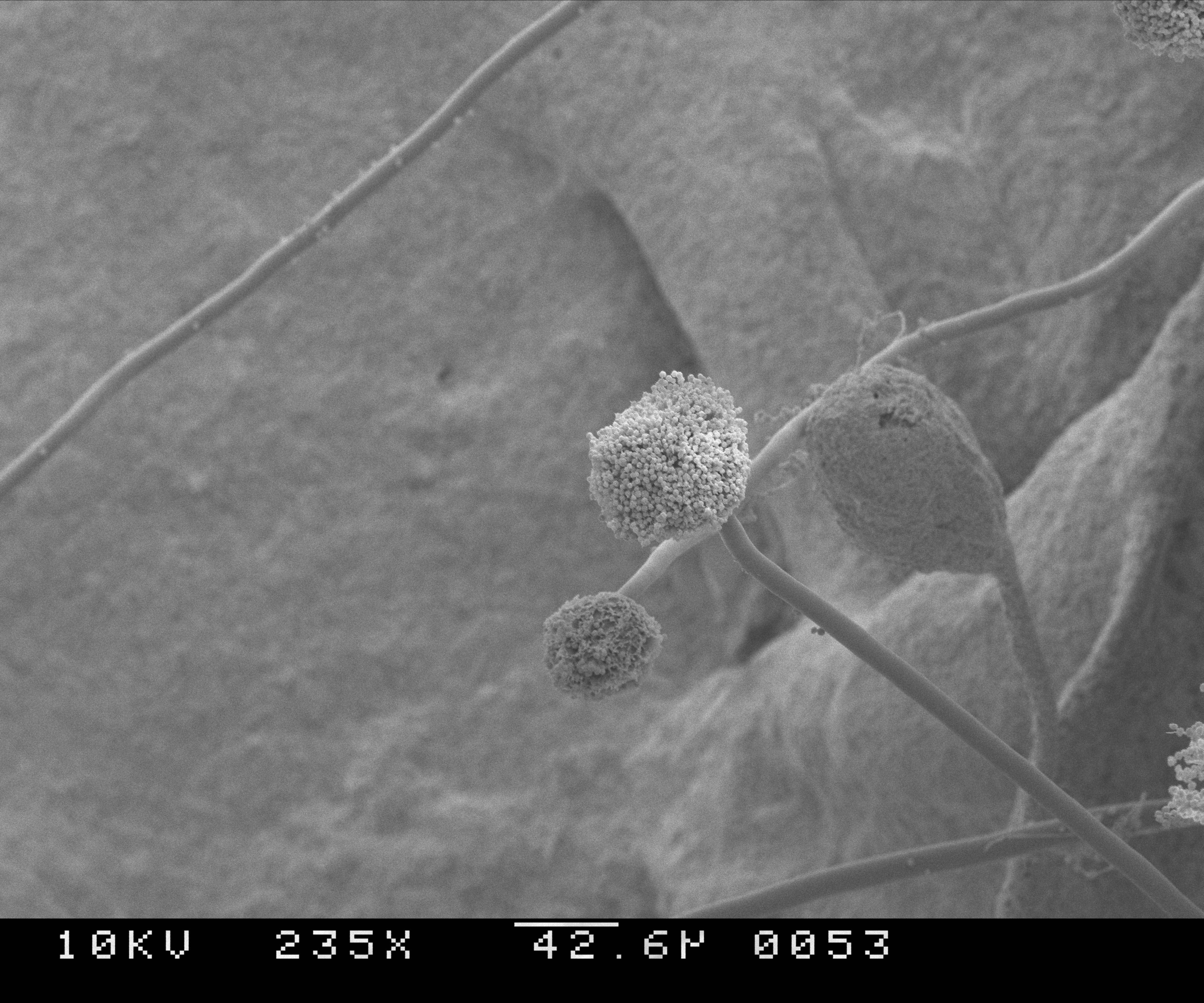|
Coral Disease
Coral diseases, comprising the diseases that affect corals, injure the living tissues and often result in the death of part or the whole of the colony. These diseases have been occurring more frequently in the twenty-first century as conditions become more stressful for many shallow-water corals. The pathogens causing the diseases include bacteria, fungi and protozoa, but it is not always possible to identify the pathogen involved. Stress factors Stony corals and soft corals are subject to disease in the same way as other organisms. This may not have been obvious in the past but is becoming increasingly apparent in the twenty-first century. The ill health is the result of the corals being subjected to increasing amounts of stress as the physical environment in which they live becomes less suited to their needs. Corals live within a precise range of environmental conditions including water temperature, salinity and water quality. Variations outside the normal range of these param ... [...More Info...] [...Related Items...] OR: [Wikipedia] [Google] [Baidu] |
Yellow-band Disease
Yellow-band disease (similar to Yellow Blotch disease) is a coral disease that attacks colonies of coral at a time when coral is already under stress from pollution, overfishing, and climate change. It is characterized by large blotches or patches of bleached, yellowed tissue on Caribbean scleractinian corals. Yellow-band disease is a bacterial infection that spreads over coral, causing the discolored bands of pale-yellow or white lesions along the surface of an infected coral colony. The lesions are the locations where the bacteria have killed the coral’s symbiosis, symbiotic photosynthesis, photosynthetic algae, called zooxanthellae which are a major energy source for the coral. This cellular damage and the loss of its major energy source cause the coral to starve, and usually cause coral death. There is evidence that climate change could be worsening the disease. Mechanism of action Coral has a symbiotic relationship with zooxanthellae that provide the coral glucose, glyc ... [...More Info...] [...Related Items...] OR: [Wikipedia] [Google] [Baidu] |
Black Band Disease
Black band disease is a coral disease in which corals develop a black band. It is characterized by complete tissue degradation due to a pathogenic microbial consortium. The mat is present between apparently healthy coral tissue and freshly exposed coral skeleton. Appearance Black band disease was first observed on reefs in Belize in 1973 by A. Antonius, who described the pathogen he found infecting corals as '' Oscillatoria membranacea'', one of the cyanobacteria. The band color may be blackish brown to red depending on the vertical position of a cyanobacterial population associated with the band. The vertical position is based on a light intensity-dependent photic response of the cyanobacterial filaments, and the color (due to the cyanobacterial pigment phycoerythrin) is dependent on the thickness of the band. The band is approximately thick and ranges in width from to White specks may be present on surface, at times forming dense white patches. The pathogenic microbial ... [...More Info...] [...Related Items...] OR: [Wikipedia] [Google] [Baidu] |
Coral
Corals are marine invertebrates within the class Anthozoa of the phylum Cnidaria. They typically form compact colonies of many identical individual polyps. Coral species include the important reef builders that inhabit tropical oceans and secrete calcium carbonate to form a hard skeleton. A coral "group" is a colony of very many genetically identical polyps. Each polyp is a sac-like animal typically only a few millimeters in diameter and a few centimeters in height. A set of tentacles surround a central mouth opening. Each polyp excretes an exoskeleton near the base. Over many generations, the colony thus creates a skeleton characteristic of the species which can measure up to several meters in size. Individual colonies grow by asexual reproduction of polyps. Corals also breed sexually by spawning: polyps of the same species release gametes simultaneously overnight, often around a full moon. Fertilized eggs form planulae, a mobile early form of the coral polyp which, whe ... [...More Info...] [...Related Items...] OR: [Wikipedia] [Google] [Baidu] |
Pathogen
In biology, a pathogen ( el, πάθος, "suffering", "passion" and , "producer of") in the oldest and broadest sense, is any organism or agent that can produce disease. A pathogen may also be referred to as an infectious agent, or simply a germ. The term ''pathogen'' came into use in the 1880s. Typically, the term ''pathogen'' is used to describe an ''infectious'' microorganism or agent, such as a virus, bacterium, protozoan, prion, viroid, or fungus. Small animals, such as helminths and insects, can also cause or transmit disease. However, these animals are usually referred to as parasites rather than pathogens. The scientific study of microscopic organisms, including microscopic pathogenic organisms, is called microbiology, while parasitology refers to the scientific study of parasites and the organisms that host them. There are several pathways through which pathogens can invade a host. The principal pathways have different episodic time frames, but soil has the ... [...More Info...] [...Related Items...] OR: [Wikipedia] [Google] [Baidu] |
Serratia Marcescens
''Serratia marcescens'' () is a species of rod-shaped, Gram-negative bacteria in the family Yersiniaceae. It is a facultative anaerobe and an opportunistic pathogen in humans. It was discovered in 1819 by Bartolomeo Bizio in Padua, Italy.Serratia marcescens. (2011, April). Retrieved from https://microbewiki.kenyon.edu/index.php/Serratia_marcescens ''S. marcescens'' is commonly involved in hospital-acquired infections (HAIs), also called nosocomial infections, particularly catheter-associated bacteremia, urinary tract infections, and wound infections, and is responsible for 1.4% of HAI cases in the United States. It is commonly found in the respiratory and urinary tracts of hospitalized adults and in the gastrointestinal systems of children. Due to its abundant presence in the environment, and its preference for damp conditions, ''S. marcescens'' is commonly found growing in bathrooms (especially on tile grout, shower corners, toilet water lines, and basins), where it man ... [...More Info...] [...Related Items...] OR: [Wikipedia] [Google] [Baidu] |
White Pox Disease
White pox disease (also "acroporid serratiosis" and "patchy necrosis"), first noted in 1996 on coral reefs near the Florida keys, is a coral disease affecting Elkhorn coral ('' Acropora palmata'') throughout the Caribbean. It causes irregular white patches or blotches on the coral that result from the loss of coral tissue. These patches distinguish white pox disease from white band disease which produces a distinctive white band where the coral skeleton has been denuded. The blotches caused by this disease are also clearly differentiated from coral bleaching and scars caused by coral-eating snails. It is very contagious, spreading to nearby coral. At the locations where white pox disease has been observed, it is estimated to have reduced the living tissue in elkhorn corals by 50–80%. In the Florida Keys National Marine Sanctuary (FKNMS), the losses of living coral are estimated to average around 88%. Elkhorn coral was formerly the dominant shallow water reef-buildin ... [...More Info...] [...Related Items...] OR: [Wikipedia] [Google] [Baidu] |
Aspergillosis
Aspergillosis is a fungal infection of usually the lungs, caused by the genus ''Aspergillus'', a common mould that is breathed in frequently from the air around, but does not usually affect most people. It generally occurs in people with lung diseases such as asthma, cystic fibrosis or tuberculosis, or those who have had a stem cell or organ transplant, and those who cannot fight infection because of medications they take such as steroids and some cancer treatments. Rarely, it can affect skin. Aspergillosis occurs in humans, birds and other animals. Aspergillosis occurs in chronic or acute forms which are clinically very distinct. Most cases of acute aspergillosis occur in people with severely compromised immune systems, e.g. those undergoing bone marrow transplantation. Chronic colonization or infection can cause complications in people with underlying respiratory illnesses, such as asthma, cystic fibrosis, sarcoidosis, tuberculosis, or chronic obstructive pulmonary disease ... [...More Info...] [...Related Items...] OR: [Wikipedia] [Google] [Baidu] |
Indo-Pacific
The Indo-Pacific is a vast biogeographic region of Earth. In a narrow sense, sometimes known as the Indo-West Pacific or Indo-Pacific Asia, it comprises the tropical waters of the Indian Ocean, the western and central Pacific Ocean, and the seas connecting the two in the general area of Indonesia. It does not include the temperate and polar regions of the Indian and Pacific oceans, nor the Tropical Eastern Pacific, along the Pacific coast of the Americas, which is also a distinct marine realm. The term is especially useful in marine biology, ichthyology, and similar fields, since many marine habitats are continuously connected from Madagascar to Japan and Oceania, and a number of species occur over that range, but are not found in the Atlantic Ocean. The region has an exceptionally high species richness, with the world's highest species richness being found in at its heart in the Coral Triangle, and a remarkable gradient of decreasing species richness radiating outward ... [...More Info...] [...Related Items...] OR: [Wikipedia] [Google] [Baidu] |
Caribbean Sea
The Caribbean Sea ( es, Mar Caribe; french: Mer des Caraïbes; ht, Lanmè Karayib; jam, Kiaribiyan Sii; nl, Caraïbische Zee; pap, Laman Karibe) is a sea of the Atlantic Ocean in the tropics of the Western Hemisphere. It is bounded by Mexico and Central America to the west and southwest, to the north by the Greater Antilles starting with Cuba, to the east by the Lesser Antilles, and to the south by the northern coast of South America. The Gulf of Mexico lies to the northwest. The entire area of the Caribbean Sea, the numerous islands of the West Indies, and adjacent coasts are collectively known as the Caribbean. The Caribbean Sea is one of the largest seas and has an area of about . The sea's deepest point is the Cayman Trough, between the Cayman Islands and Jamaica, at below sea level. The Caribbean coastline has many gulfs and bays: the Gulf of Gonâve, Gulf of Venezuela, Gulf of Darién, Golfo de los Mosquitos, Gulf of Paria and Gulf of Honduras. The Caribbean S ... [...More Info...] [...Related Items...] OR: [Wikipedia] [Google] [Baidu] |
White Plague (coral Disease)
White plague is a suite of coral diseases of which three types have been identified, initially in the Florida Keys. They are infectious diseases but it has proved difficult to identify the pathogens involved. White plague type II may be caused by the gram negative bacterium '' Aurantimonas coralicida'' in the order Hyphomicrobiales but other bacteria have also been associated with diseased corals and viruses may also be implicated. History In 1977, a disease of scleractinian corals appeared on reefs off the Florida Keys in the United States and was termed white plague. It caused white lesions and was shown to be an infectious disease, being particularly prevalent in '' Mycetophyllia ferox''. This disease caused little mortality and occurred sporadically, but was still present in the area in 1984. It is now known as white plague type 1. In 1995, a new coral disease was described as an epizootic disease in the same reefs in the Florida Keys. Many species of coral found in the area we ... [...More Info...] [...Related Items...] OR: [Wikipedia] [Google] [Baidu] |
Virus
A virus is a submicroscopic infectious agent that replicates only inside the living cells of an organism. Viruses infect all life forms, from animals and plants to microorganisms, including bacteria and archaea. Since Dmitri Ivanovsky's 1892 article describing a non-bacterial pathogen infecting tobacco plants and the discovery of the tobacco mosaic virus by Martinus Beijerinck in 1898,Dimmock p. 4 more than 9,000 virus species have been described in detail of the millions of types of viruses in the environment. Viruses are found in almost every ecosystem on Earth and are the most numerous type of biological entity. The study of viruses is known as virology, a subspeciality of microbiology. When infected, a host cell is often forced to rapidly produce thousands of copies of the original virus. When not inside an infected cell or in the process of infecting a cell, viruses exist in the form of independent particles, or ''virions'', consisting of (i) the genetic mate ... [...More Info...] [...Related Items...] OR: [Wikipedia] [Google] [Baidu] |









